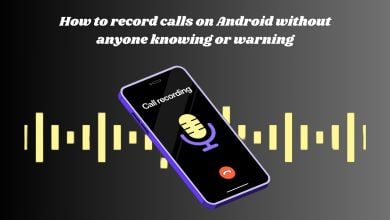How to Disable Camera on Lock Screen (Android & iOS)
Unfortunately, iPhone and Android phones do not provide a native feature to disable the camera on the lock screen while keeping it accessible from the device’s home screen. However, there is an alternative solution that involves using Screen Time settings on iPhones and App Permission settings on Android devices.
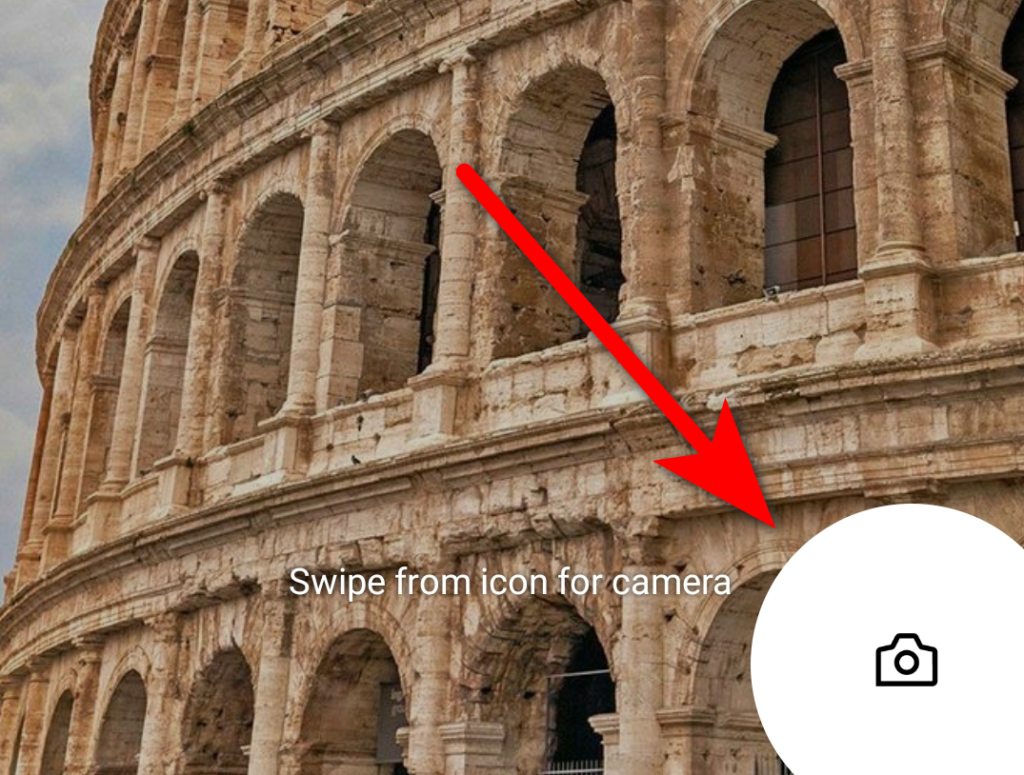
By disabling the built-in camera app, you can remove it from the lock screen; however, this will also restrict its access from the home screen. If you choose to proceed with this method, you can still access the camera on your phone by using third-party camera apps available on the App Store and Play Store. These apps will allow you to use your iPhone’s camera without needing to access it from the lock screen.
Disable the lock screen camera via Screen Time – (iPhone only).
Disabling the camera on an iPhone through Screen Time is a simple process that involves following the steps outlined below:
- Open the Settings app on your iPhone and select Screen Time.
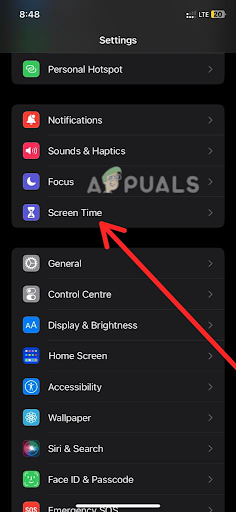
Tap on Screen Time - Tap on Content & Privacy Restrictions.
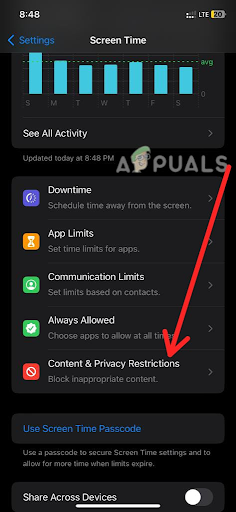
Go to Content & Privacy Restrictions - If you haven’t already enabled Screen Time, you’ll need to turn it on by tapping “Turn on Screen Time.
- In the Content & Privacy Restrictions tab, go to Allowed Apps.

Open the Allowed Apps tab - Tap on Content & Privacy Restrictions once more, and then locate the Camera option. Tap on Content & Privacy Restrictions again.

Turn off the toggle to disable the app - Disable the Camera app by turning off the toggle.
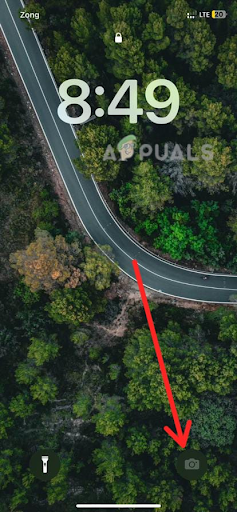
Once you’ve made your selection, the camera app will be disabled or restricted.
Now, whenever someone tries to open the camera on the lock screen and taps on the camera icon, it will not respond anymore. To re-enable the camera app, simply follow the same steps and select ‘Allow‘.
2. Disable the lock screen camera via App Settings (Android).
Here is a step-by-step guide on how to disable the Camera app on the lock screen of an Android device.
- Open the Setting app on your Android device.
- Scroll down and select App Management or Apps & notifications (depending on the Android device you are using, as different devices have different settings). If you are unable to locate App Management or Apps & notifications, simply search for Apps in the search bar at the top of the screen. This will provide you with the relevant option.
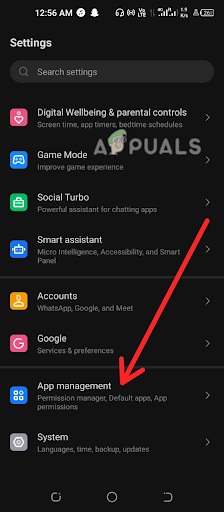
Select App Management or Apps - Find and select App Settings or Application Manager.
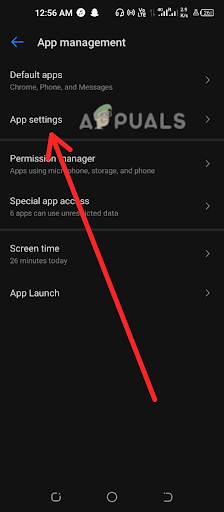
Go to App settings - Scroll down the list of apps and select the Camera app.

Select the Camera app - If the “Disable” button is available, tap it to disable the camera app. However, many Android mobile brands do not allow users to disable native camera apps. If this is the case, tap on “Permissions” instead.
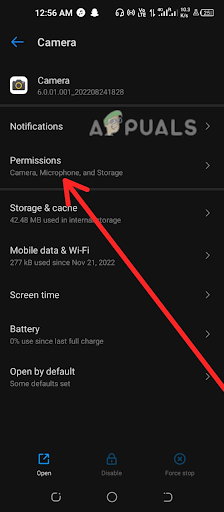
Go to Permissions - Scroll down and select Camera from the list of permissions.
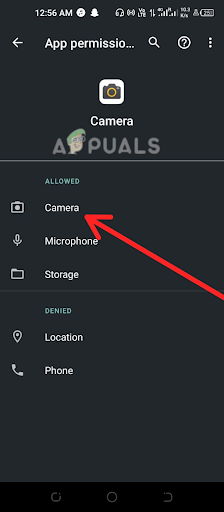
Select Camera - Finally, tap on Deny disabling the camera.
Now, whenever someone tries to access the camera app on the lock screen, a pop-up will appear, asking the user to go to Settings for normal use. However, when they tap on the Settings option, they will be unable to access the settings without first unlocking the device using a pattern, PIN, or password.
It’s important to note that disabling the camera app on an Android device will prevent you from using the camera altogether, and not just on the lock screen. If you need to enable the camera again in the future, simply follow the same steps and tap on Enable or Allow instead of Disable or Deny.
It’s worth noting that this approach may not be suitable for everyone, as it involves disabling a core function of Android and iPhone devices. Additionally, using third-party apps may not provide the same level of performance or features as the built-in camera app. Therefore, carefully consider your needs before making any changes to your device’s settings.





